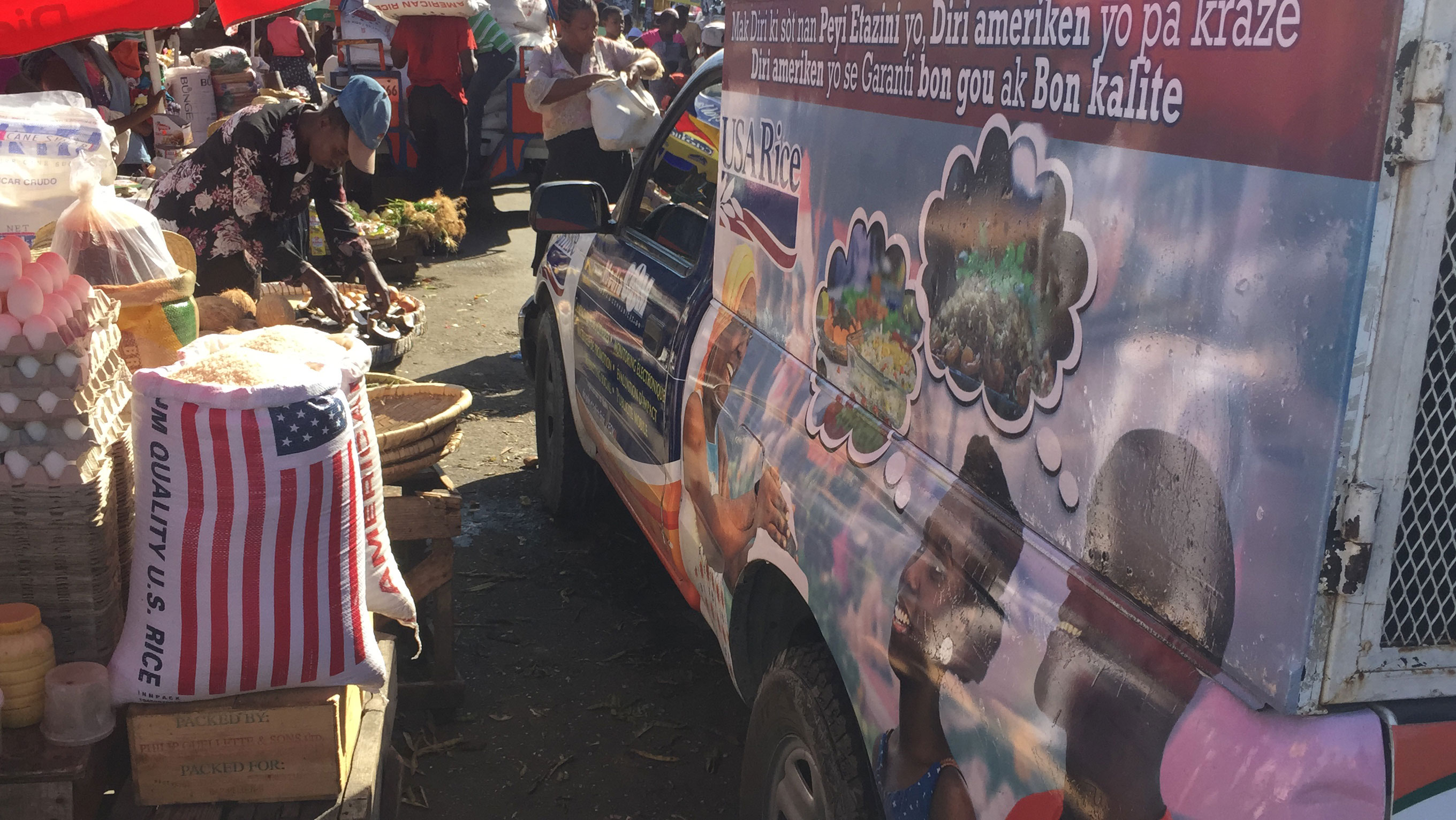 Trade is a good thing
Trade is a good thing
Jul 26, 2017
ARLINGTON, VA -- Last week, USA Rice participated in the 37th annual U.S. Agricultural Export Development Council’s attaché seminar, a two-day event that included one-on-one meetings with USDA’s Foreign Agricultural Service (FAS) and Animal and Plant Health Inspection Service (APHIS) personnel posted overseas, and a full day of Farm Bill and agricultural trade presentations. USA Rice had nearly a dozen meetings with various USDA officials to discuss marketing successes and trade access concerns in various markets.
Ray Starling, special assistant to the President for agriculture, trade, and food assistance on the National Economic Council, provided an overview of the Administration’s views on farm policy and agricultural trade. Starling emphasized deficit reduction as an overriding goal for trade policy – a priority will be getting other countries to buy more from the U.S. or the U.S. buying less from them. He acknowledged agriculture is already doing a great job since the U.S. grows more food than we can eat, and new markets for U.S. products overseas will help overall deficit reduction and ensure that America remains strong.
“I spoke with Mr. Starling about the immense benefits of the Market Access Program (MAP) and Foreign Market Development (FMD) programs in increasing our agricultural exports abroad,” said Hugh Maginnis, USA Rice vice president international. “I encouraged complete funding of these two vital programs that return far more than they cost, which he seemed to fully understand and support.”
Maginnis shared an example of the powerful impact these two programs had in Haiti, a vital export market for U.S. rice.
Responding to a potential threat to U.S. market share there in 2013, USA Rice developed a promotional program using FMD and MAP funding to build relationships with traders, importers, and wholesalers, and to target consumers through radio advertisements, open market promotions, and a TV ad aired during the 2014 World Cup. Eight thousand radio ads were broadcast throughout the country and the USA Rice TV ad was shown more than 2,000 times. As a result, what had been a ten percent reduction in U.S. imports in 2013 rebounded with a twelve percent increase in 2014, and has increased every year since to 419,000 MT valued at $190 million in 2016.
“USA Rice and more than 70 other agricultural groups utilize the funding of MAP and FMD to increase the volume and value of U.S. agricultural products around the world, and we put our own money against these efforts as well because the programs work,” Maginnis continued. “The U.S. rice industry, that exports about 50 percent of the crop each year, contributes $7 for every $1 received from MAP/FMD.”